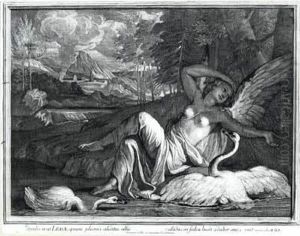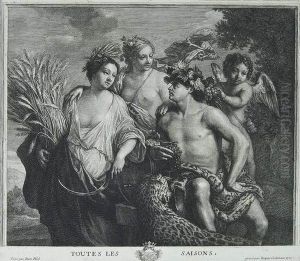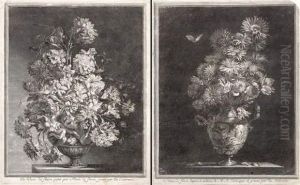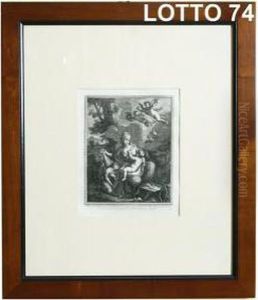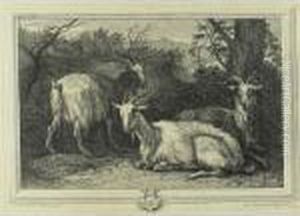Jacob Coelemans Paintings
Jacob Coelemans, born in 1659 in Amsterdam, was a notable figure in the Dutch Golden Age of painting, a period characterized by unprecedented wealth and cultural achievement in the Netherlands. Although not as widely recognized as some of his contemporaries, Coelemans made significant contributions to the art world of his time, particularly in the realms of portrait and genre painting. His works are characterized by their meticulous attention to detail, vibrant color palette, and the ability to capture the nuances of human expression and daily life.
Coelemans received his initial training in the arts in Amsterdam, a thriving center for painters, art dealers, and patrons during the 17th century. He later traveled to Italy, as did many artists of his time, to study the works of the Renaissance masters. This experience greatly influenced his artistic style, as seen in his incorporation of Italianate light and landscape into the traditional Dutch painting techniques. Upon returning to the Netherlands, Coelemans established himself in The Hague, where he became a member of the Confrerie Pictura, an important guild for painters. This affiliation helped him to secure commissions and connect with other artists and patrons.
Throughout his career, Jacob Coelemans focused on creating portraits, a popular genre among the Dutch middle class, who sought to document their wealth and status. He also excelled in genre scenes, depicting everyday life with a keen eye for detail and a subtle moral undertone, a hallmark of Dutch painting at the time. His works were appreciated for their realism, a characteristic that made Dutch art highly sought after in Europe.
Despite his talents, Coelemans did not achieve the same level of fame as some of his peers, such as Rembrandt or Vermeer. However, his contributions to the Dutch Golden Age of painting have been recognized by art historians, who note his skill in blending the traditional with the innovative. Jacob Coelemans passed away in 1732 in The Hague, leaving behind a body of work that continues to be studied and admired for its insight into 17th-century Dutch culture and its artistic merit.
